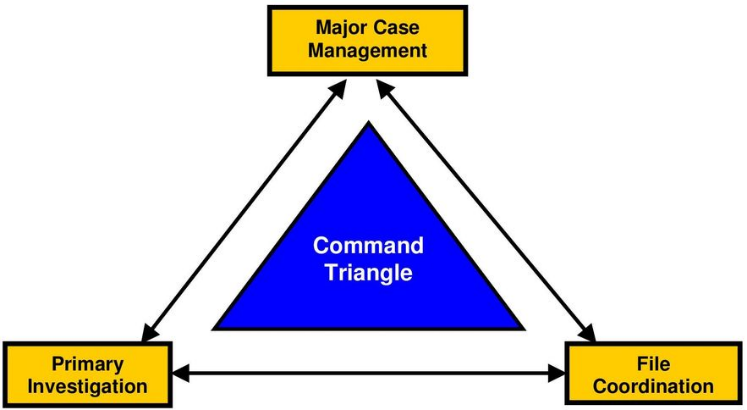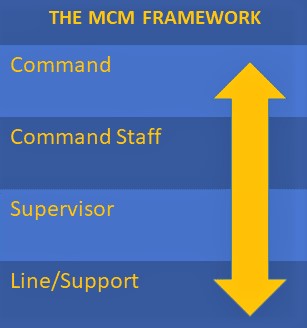AUSTIN, TEXAS (PRWEB) OCTOBER 16, 2020
The Exodus Road, a global organization dedicated to fighting human trafficking, announced today that they have adopted the industry leading investigation case management system from Austin, TX based Case Closed Software.
The Exodus Road fights human trafficking by sending national and foreign operatives to suspected human trafficking locations to gather intelligence and evidence. To date, their organization has been directly involved in the rescue of nearly 1500 victims of human trafficking and the arrests of almost 600 criminals in six different countries. Using Case Closed Software, the company expects to improve these global operations and manage cases more effectively, ultimately resulting in the rescue of more and more victims.
The Exodus Road began through the work of co-founders Matt and Laura Parker who, in 2010, operated a children’s home in rural Northern Thailand. During that time, Matt and Laura were exposed to marginalized people groups – targets for human trafficking. Eventually, Matt began networking with news media and local police to learn about the problem at the ground level. After a period of research, he was deputized by police and started working personally to find those trapped in slavery. Today, they lead a team of 70 staff members, many of whom are national operatives who work closely with vetted police partners.
“With operatives and investigators around the world, we needed a truly powerful and multi-jurisdictional investigation management system,” said Ryan Hill, director of Global Operations at The Exodus Road. “We chose the Case Closed Software solution because of its impressive feature set, multi-language support, and ease of use for our field operatives. Case Closed Software will allow us to stay organized and share case files electronically with local law enforcement agencies around the world. We can even plan rescue operations directly within the system.”
Case Closed Software’s founder and CEO, Douglas Wood, commented “When we first met the folks at The Exodus Road, we were shocked to learn how widespread this criminal activity is. Human traffickers operate in a shadowy underworld that knows no borders and has no mercy for its victims. Case Closed Software is a perfect fit for anti-human trafficking investigations. Our software allows operatives to collect and share intelligence and evidence and helps track the people, locations and other entities involved in these horrendous crimes.”
The Case Closed Software investigation management platform deployed by The Exodus Road includes end-to-end case management with a configurable workflow, tips and leads management, evidence tracking, operations planning, multi-language support, and a host of other powerful features including entity deconfliction and visualization.
About The Exodus Road
For more information, https://theexodusroad.com or email: press@theExodusRoad.com
About Case Closed Software
For more information, https://www.caseclosedsoftware.com or email: info@CaseClosedSoftware.com
http://www.prweb.com/releases/the_exodus_road_turns_to_case_closed_software_to_investigate_human_trafficking_globally/prweb17465486.htm




 Douglas Wood is CEO of
Douglas Wood is CEO of